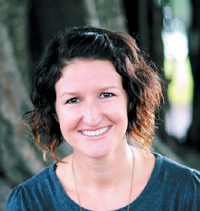Part 3. Advanced WordPress Theming
This part of the book covers the most in-depth and detailed theming and coding examples. We will go through the steps of constructing a theme from beginning to end. You’ll learn how to create template files, utilize WordPress calls, write conditionals, and more.
A WordPress theme can be built in many different ways and for many different purposes. It’s important for you to understand the reasons why we write specific code the way we do, or why certain files are used to power some pages and not others. Once we cover these advanced theming techniques, you’ll have a hard greater understanding of the WordPress API and theming in general.
Learning how to build dynamically-powered websites is no small undertaking. Even though this is the largest part in the book, it’s important to understand that this is only a small part of your journey to becoming a WordPress master.

